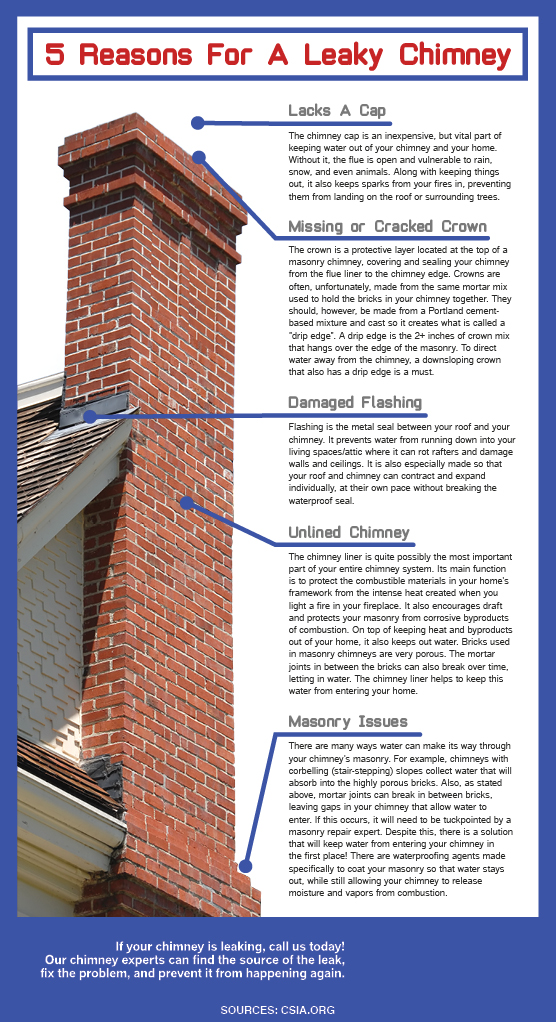Recognizing Roof Covering Damages Before It Rises Into A Serious Concern
Recognizing Roof Covering Damages Before It Rises Into A Serious Concern
Blog Article
Write-Up Created By-Hjorth Ottosen
To shield your home from possible expensive fixings, identifying roofing system damages early is critical. By keeping an eye out for refined indicators like missing shingles or water stains, you can catch problems before they worsen. However what about those commonly ignored areas that could hint at covert problems lurking over you? Stay tuned to discover just click the next web site for finding roof covering damage prior to it intensifies right into a major migraine.
Early Warning Signs
Detecting roof damage early can save you time and money. One key very early warning sign to keep an eye out for is missing or harmed shingles. If you see any kind of tiles that are fractured, crinkling, or totally missing, it's necessary to address the problem without delay. These damaged tiles can leave your roof covering prone to leaks and more damage.
An additional indicator to look for is water stains on your ceiling or wall surfaces. These stains can indicate a leakage in your roofing that needs instant attention. Overlooking these water stains can cause a lot more substantial and costly repairs down the line.
In addition, watch for any kind of indicators of sagging or drooping locations on your roofing, as this can indicate architectural damage that needs to be dealt with without delay.
Exterior Examination Tips
Consistently inspecting the exterior of your roof covering is essential for maintaining its stability and recognizing prospective damage early. Beginning by analyzing the roof shingles-- search for any missing, fractured, or curling shingles, as these can be indications of roof covering damage.
Inspect the gutters for granules from the tiles, as extreme granule loss might indicate aging or weathering. Take note of the flashing around vents, smokeshafts, and skylights, ensuring they're tightly sealed and devoid of fractures.
Search for indicators of moss, algae, or mold growth, as these can result in roof covering wear and tear if not attended to quickly. Furthermore, evaluate the fascia and soffits for any kind of water spots or rot, which might signal water damage.
Finally, examine the total problem of your roofing from the ground, looking for any kind of sagging areas or recognizable dips. By performing these exterior inspections on a regular basis, you can catch roof covering damages early and stop it from becoming a major issue.
Inside Warning
When evaluating your roof for possible damages, don't forget the significance of inspecting the interior of your home. Inside warnings can frequently be early signs of roofing issues that require attention.
Begin by examining your ceilings for any type of water spots or staining, as these could signal a leak in the roof covering. One more vital location to inspect is the attic, where signs of water damages, mold, or mildew may suggest a roofing system problem.
Pay close attention to any kind of musty odors or a recognizable boost in moisture degrees, as these can also be signs of water intrusion from a harmed roof covering. Furthermore, sagging home renovation san antonio in the ceiling or wall surfaces must be taken seriously, as they could be an outcome of water damages weakening the framework.
If you see any one of these indoor warnings, it's critical to have an expert contractor examine the circumstance immediately to avoid additional damages and pricey repairs.
Verdict
By remaining watchful and regularly checking for early warning signs of roof damage, you can prevent small issues from becoming significant problems. Keep an eye out for missing or harmed tiles, water discolorations on ceilings or wall surfaces, and any kind of drooping or sagging areas on the roofing. By attending to these problems promptly, you can conserve yourself from expensive repair services and ensure your roofing remains in good condition for years ahead. Stay proactive and protect your home from prospective damage.
